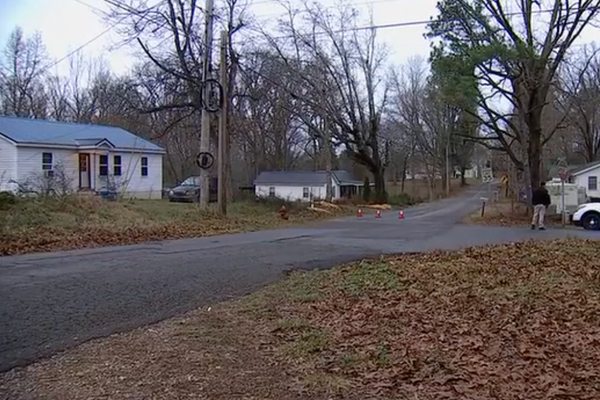
Using an indoor wood stove or fireplace increases women’s risk of developing lung cancer by 43% compared with those that do not use wood heating, according to a US study.
In the UK, one in 13 men and one in 15 women born after 1960 are expected to be diagnosed with lung cancer during their lifetimes. In the US it is one in 16 men and one in 17 women.
The US study found that more frequent use of indoor wood heating led to greater risk. For example, people who used their wood burner on more than 30 days a year had a 68% increased lung cancer risk compared with people who did not burn wood.
The results come from the Sister Study, which tracks the health of 50,000 US women who had sisters with breast cancer.
Dr Suril Mehta, from the US National Institute of Environmental Health Sciences and first author of the new study, said: “The Sister Study was designed to better understand genetic and environmental risk factors for breast cancer, but it is also equipped to evaluate other health outcomes in women. Lung cancer is the leading cause of cancer-related death among US women. It accounts for roughly one in five cancer-related deaths in the US.”
Globally, tobacco smoking is the biggest risk factor for lung cancer, but not the only one. This was reflected in the Sister Study findings. The latest results come after tracking the women’s health for an average of 11 years. During this time 347 participants were diagnosed with lung cancer; 289 were current or former tobacco smokers and 58 were non-smokers.
Having allowed for income and other factors that could have affected the women’s health there were clear differences in the risk of developing lung cancer in those that heated their homes with wood compared with those that did not. This extra risk was seen in both tobacco smokers and those who had never smoked.
In the UK, only 4% of homes that use solid fuel rely on it as their only heating source. Similarly, the Sister Study homes primarily used gas or electricity for heating, with wood being mainly a secondary or tertiary heating source.
Mehta said: “Our study provides evidence that even occasional indoor wood burning from stoves and fireplaces can contribute to lung cancer in populations where indoor wood burning is not the predominant fuel source for cooking or heating inside the home.”
Prof Fay Johnston from the Menzies Institute for Medical Research, Tasmania, who was not involved in the US research, said: “The new results from the Sister Study provide strong evidence of the risk of living in homes heated by wood combustion. Even relatively low usage was associated with an increased risk of lung cancer.”
She added: “The message for policymakers and the public is clear. Wood heater smoke is not safe. Interventions to reduce exposure in homes and neighbourhoods should be a priority.”
The research adds to growing evidence of the risk of cancer from wood smoke. In October 2006, the International Agency for Research on Cancer classified wood smoke as probably carcinogenic to humans. Though far smaller than the Sister Study and using a different methodology, an international study from 2010 found increased lung cancer risk in people that used wood and coal heating compared with those that did not.
Mehta said: “Wood smoke, from using wood-burning appliances indoors, may contain substances such as benzene, 1,3-butadiene, polycyclic aromatic hydrocarbons, and other hazardous air pollutants which are known or suspected to cause lung cancer.”
In the Sister Study, gas or propane heating in stoves and fireplaces was also associated with an increased lung cancer risk, but this was far smaller than that from wood burning.
An earlier report from the Sister Study concluded that air pollution from indoor wood burning was also a widespread and potentially modifiable risk factor for breast cancer.







